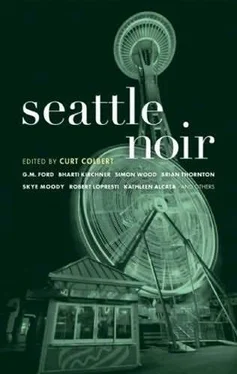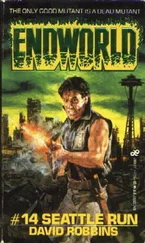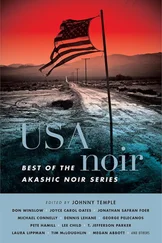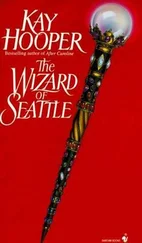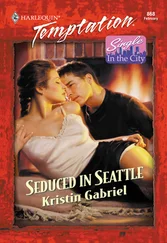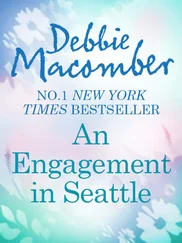
Curt Colbert, Thomas P. Hopp, Bharti Kirchner, Sephan Magcosta, Robert Lopresti, Kathleen Alcalá,Simon Wood, Patricia Harrington,Paul S. Piper,R. Barri Flowers, Brian Thornton, Skye Moody, Lou Kemp, G. M. Ford
Seattle Noir
The Akashic Noir Series, 2009
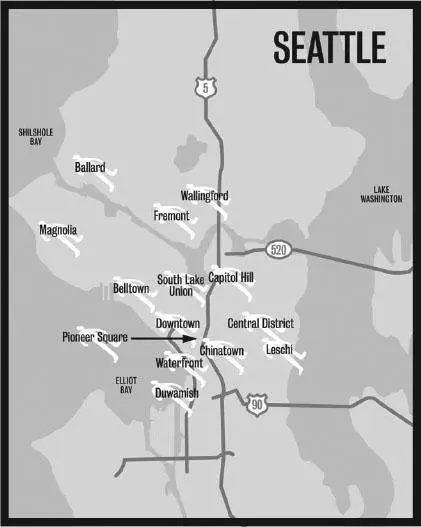
THE EMERALD CITY: UNPOLISHED AND UNCUT
Early Seattle was a hardscrabble seaport filled with merchant sailors, longshoremen, lumberjacks, rowdy saloons, and a rough-and-tumble police force not immune to corruption and graft.
Among the more notorious crimes in the city’s early history was the case of Seattle Mayor Corliss P. Stone. A businessman and former member of the city council, Mayor Stone’s term was cut short in 1873 when he got caught embezzling $15,000 from his firm, Stone & Burnett. He promptly fled to San Francisco with another man’s wife.
In 1909, members of the Chamber of Commerce decided that a totem pole would be the perfect finishing touch to the downtown business core known as Pioneer Square. They saw nothing wrong with taking a steamer up the coast to Fort Ton-gass, Alaska, and stealing one from a Tlingit Indian village. Apparently, neither did the citizenry of Seattle, who gathered in great numbers for the totem pole’s unveiling, cheering and celebrating not only the grand new symbol, but also the initiative taken in securing it for the city.
Prostitution flourished in early Seattle, the first brothel opening in 1861. By the time of the Klondike Gold Rush in 1897, it was a thriving trade. The city leaders felt they should be getting a cut of the action. But how could this be done? Taxation and license fees came to mind, but what would they call this new source of revenue? They couldn’t very well call it a whore tax or prostitute levy. Then somebody came up with a brilliant plan: henceforth, the city would officially designate all prostitutes as “seamstresses” and license and tax them as such. (Outsiders would have been amazed to find that Seattle had more “seamstresses” per capita than any other city in the nation.)
Seattle was also one of the rum-running capitals of America during Prohibition. There were many bootleggers, but the most famous and prolific was a former Seattle police lieutenant named Roy Olmstead. Olmstead was fired from the police department after being busted while unloading a hundred cases of smuggled Canadian whiskey from a boat in Edmonds, Washington, just north of Seattle. After paying a fine, he devoted himself full time to building the largest bootlegging operation in the area and became known in Seattle newspapers as “The King of the Puget Sound Bootleggers.” He bought a mansion and lived high on the hog until he was finally taken down in 1924 through the use of federal wiretaps.
By the ’50s, Seattle had added Boeing to its claim to fame, but was still a mostly blue-collar burg that was once described as an “aesthetic dustbin” by Sir Thomas Beecham, a short-term conductor of the Seattle Symphony Orchestra. Present-day Seattle has become a pricey, cosmopolitan center, home to Microsoft and legions of Starbucks latte lovers. The city is now famous as the birthplace of grunge music, and possesses a flourishing art, theater, and club scene that many would have thought improbable just a few decades ago. Yet some things never change-crime being one of them.
Seattle’s evolution to high finance and high tech has provided even greater opportunity and reward to those who might be ethically, morally, or economically challenged (crooks, in other words). Seattle Noir explores the seamy underbelly of this gleaming, modern metropolis known as “The Emerald City.”
The stories in the first section of the book, “Gone South,” delve into the sinister direction that some people’s lives can take. Thomas P. Hopp’s “Blood Tide” follows a Native American shaman caught in a web of secrets and tribal allegiances. An East Indian woman’s assumptions about friendship and loss, death and rebirth, are reflected by how her garden grows in Bharti Kirchner’s “Promised Tulips.” Stephan Magcosta’s cautionary tale, “Golden Gardens,” focuses on the wages of prejudice and the cost of hate. Next, Robert Lopresti’s “The Center of the Universe” is set in the city’s Fremont neighborhood, the self-proclaimed “center of the universe,” where the resolution of the story’s violence and strange happenings is, itself, exceedingly strange.
The anthology’s second section, “What Comes Around,” might best be illuminated by a quote from the greatest pitcher in the old Negro Leagues, and maybe in the history of baseball, Satchel Paige: “And don’t look back-something might be gaining on you.” “Blue Sunday” by Kathleen Alcalá takes a Latino soldier on leave from the Iraq War and throws him to the mercies of a not-so-friendly cop-a cop who later finds out exactly what comes around. Simon Wood’s story, “The Taskmasters,” actually takes exception to the rule: that what comes around, in rare instances, can actually be redeeming. Patricia Harrington’s “What Price Retribution?” answers its own question with an example of doing what’s right, even when it’s wrong.
The book’s third section, “Love Is a Four-Letter Word,” explores some of the alternative four-letter words that love can conjure up. My own historical story, “Till Death Do Us…” features a husband and wife whose marriage has gone south, while they’ve gone east and west. Paul S. Piper’s “The Best View in Town” relates the problems faced by a guy who thinks his view is the best around… until another person’s views collide with his own. In R. Barri Flowers’s “The Wrong End of a Gun,” a divorced African American father meets a gorgeous woman who takes him on as many twists and turns as the Senegalese twists in her hair.
The authors in the final section of the book take their characters, and the reader, “To the Limits.” In Brian Thorn-ton’s historical tale, “Paper Son,” a newly minted Treasury agent working in Chinatown finds inscrutability to be an unavoidable fact of life. And in Skye Moody’s story, “The Magnolia Bluff,” a famous dwarf actor finds that his roles begin to shrink as he mysteriously starts growing taller. One of the Moriarity brothers lures Sherlock Holmes to Seattle in Lou Kemp’s historical “Sherlock’s Opera”-but the trap he’s laid with musical precision unexpectedly plays a few sour notes. Concluding the volume, G.M. Ford’s “Food for Thought” stars a private eye who finds the case of a delicatessen owner to be less than kosher.
This is Seattle Noir . Cozy up in your favorite easy chair and crack the book open. And be sure to turn up the lights-you’ll need them for when it gets dark.
Curt Colbert
Seattle, Washington
March 2009
BLOOD TIDEBY THOMAS P. HOPP
Duwamish
When we arrived at Herring’s House Park, the police were clearing off the yellow warning tape and packing their forensics bags and boxes, closing their case of an odd death in a parking lot and moving on. Kay Erwin, epidemiologist at Seattle Public Health Hospital, had declared it shellfish poisoning, and the cops had quickly lost interest. But Peyton McKean was of a different mind. He was getting the lay of what had happened two days before by interrogating a young cop, rapid fire, as the officer rolled up the crime scene tape.
Читать дальше
